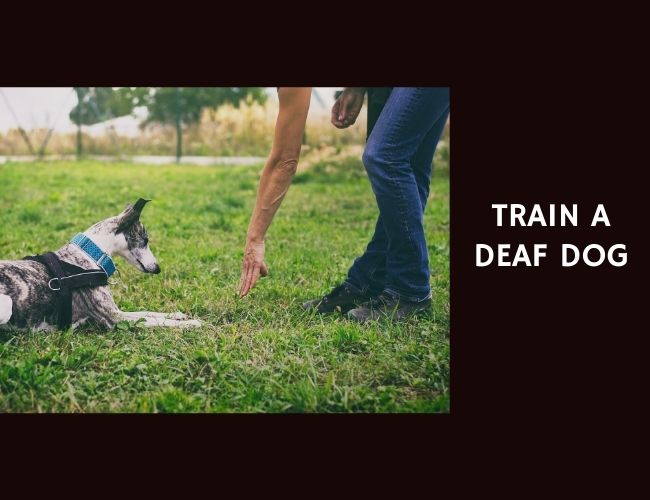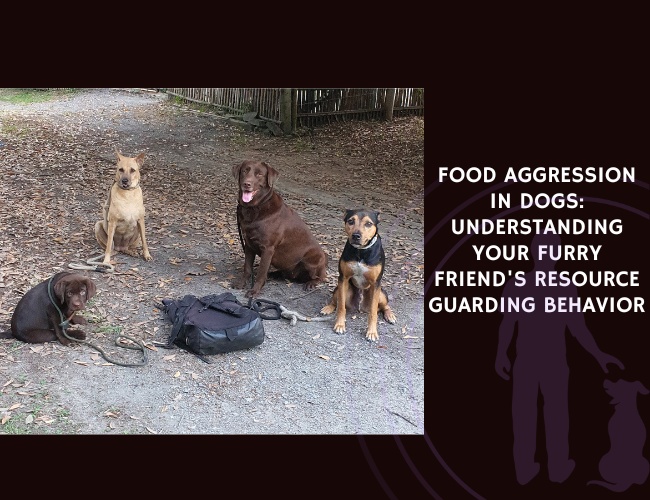In a 2013 study published in the Journal of Veterinary Medical Science, Kobayashi et al. explored the predictive power of early puppy behavior assessments on later performance outcomes in guide dogs. The researchers focused on a key trait called “Distraction”, which has been previously linked to disqualification from guide dog training programs.
The study involved 110 five-month-old Labrador Retrievers enrolled in a guide dog program. Puppy raisers completed a 20-item questionnaire assessing various behavioral tendencies such as excitability toward strangers, initiative during walks, and exploration. At 15 months, the same dogs were evaluated by professional trainers for levels of Distraction during training.
Using principal component analysis, researchers extracted a key behavioral component (PC1) from the questionnaire responses. This PC1 score showed a statistically significant correlation with later Distraction ratings (rₛ = 0.31, P = 0.0009). Although modest, the correlation suggests that certain observable puppy behaviors may offer early insight into future training outcomes.
The study concludes that while further refinement of the assessment tool is necessary, early behavioral screening may be a valuable strategy for improving guide dog training efficiency and reducing dropout rates due to behavioral disqualification.
Source: Natsuko Kobayashi, S. Arata, A. Hattori, Y. Kohara, Y. Kiyokawa, Y. Takeuchi, and Y. Mori, The Journal of Veterinary Medical Science, Volume 75, Issue 1, Pages 63–67, January 31, 2013.










